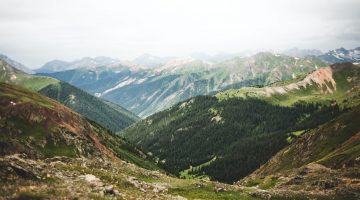(This is post 4 of 5 in the Broadening Participation and Broader Impacts Series)
The terms broadening participation and broader impacts have been used extensively in science, technology, engineering, and mathematics (STEM) disciplines, especially within STEM funding solicitations and proposals. Although used interchangeably at times, these two terms have their own unique history and definitions. By understanding these differences and similarities, researchers, educators, and administrators can implement and evaluate them more successfully. In this five-part series we’re calling “Broadening Participation and Broader Impacts” we’ll explore the history of these terms, their implementation, and frameworks to evaluate their success.
In our first post, we summarized the National Science Foundation’s (NSF) broadening participation initiatives. One initiative resulted in the creation of specific broadening participation grant programs. Another, as discussed in our second post, revised the merit-review process to include a broader impact criterion that included, among four other subcategories, broadening participation activities. In our third post, we covered broadening participation best practices, many of which came out of NSF broadening participation grant programs.
Broader impact activities, unlike the focused broadening participation NSF grant programs, are often smaller in scope, and have financial and temporal constraints. However, Principal Investigators can incorporate the broadening participation best practices outlined in our previous post into their broader impact activities by reaching out to existing programs both on- and off-campus. Below we offer some general programs, along with specific resources for the Colorado State University (CSU) community.
K-12 Programs Focused on Broadening Participation
K-12 Informal Engagement & Outreach
Includes after school clubs/camps, summer camps, museums, and libraries.
The National Research Council (NRC) has found that informal learning environments can be especially effective at engaging non-dominant communities in STEM, when programs are designed to be intellectually and emotionally engaging, culturally responsive, and connected to other learning experiences (NRC 2009, 2015). Additionally, informal options may be a better match for scientists with strict time constraints during normal working hours.
Colorado State University Programs
Summer Programs
Colorado State University offers a variety of summer programs for kindergarten through high school students and include credit-bearing, academic, and sports programs. Each of these programs offer an opportunity for scientists to reach K-12 students and, with the assistance of the program coordinators, the chance to integrate their expertise in unique and innovative ways.
Credit-bearing programs are opportunities for high school students entering junior and/or senior year to earn college credit while developing their research, leadership and additional skills in an inclusive and stimulating learning environment. The Black Issues Forum (BIF), the Lorenzo de Zavala Youth Legislative Session (LDZ), and the Native Education Forum (NEF) are a few examples.
Academic programs are led by Colorado State University departments and can focus on a variety of content areas. STEM-related summer program offerings include the Environmental Learning Center (ELC), Food Science and Human Nutrition Summer Cooking Camps, Global Business Academy, Women In Construction Management Summer Institute, Venture Validator Youth Summer Camp, Honors Summer Institute, Anatomy Camp, Applied Physiology Camp, ENvision Engineering Camp, Fashion FUNdamentals, IT in Business, Math Jam, Prove IT! Math Academy, Middle School Coding Camp, SciTreck for Future Scientists, and Summer Vet Program for Future Veterinarians.
Little Shop of Physics
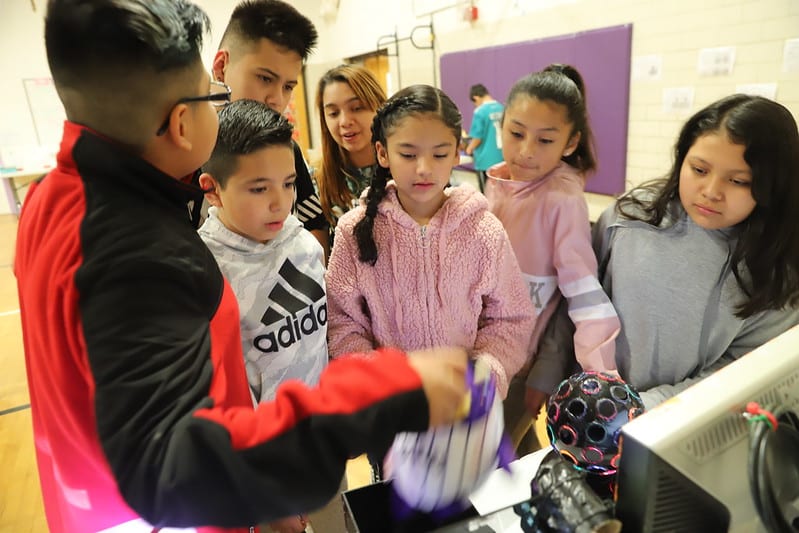
The Little Shop of Physics performs a variety of STEM engagement activities and programs at all levels; locally, nationally, and internationally. Some of these include a traveling science experience during school visits, an annual open house at Colorado State University’s campus, and teacher workshops.
Northern Colorado Outreach & Engagement Entities:
The Boys and Girls Clubs of Larimer County provide comprehensive, facility-based after school and summer programs for Larimer County youth. Colorado State University is a partner of Boys and Girls Clubs of Larimer County and researchers can get involved in a variety of ways, from being a mentor, a homework helper, program assistant, or bringing their own unique talents and skills to create a new program. The Development and Volunteer coordinator can be reached at volunteer@bgclarimer.org or 970-372-0404.
The Museum of Discovery is an interactive and immersive museum, featuring hands-on and collections-based exhibits that tell the stories of Northern Colorado and beyond to all age groups. The museum has worked with the community on research projects both large and small, creates Outreach Trunks for educators to rent, offers continuing education to professionals, and hosts youth groups and school classes. Partnering with the Museum of Discovery on any of these programs, or collaborating with them on new projects allows a CSU researcher to reach diverse audiences.
K-12 Formal Outreach
No matter where researchers are located, there are likely schools nearby with students who can benefit from interacting with scientists. To find areas of overlap between their research and K-12 curriculum, scientists should consult curriculum standards for the state the school is located. The curriculum standards can help scientists determine the subject and grade level that is best matched to their expertise. The National Science Teaching Association (NSTA) has compiled an interactive map of states and their corresponding state science standards, and links to those standards.
Rather than reach out to schools directly, interested scientists can coordinate with their university’s education department or existing outreach programs which can provide access to both experienced educators and enhance the credibility of the scientist’s own educational programs.
Colorado State University Resources
The Education and Outreach Center (EOC) collaborates with CSU STEM faculty to translate their research into unique STEM experiences for 4th-12th grade students.
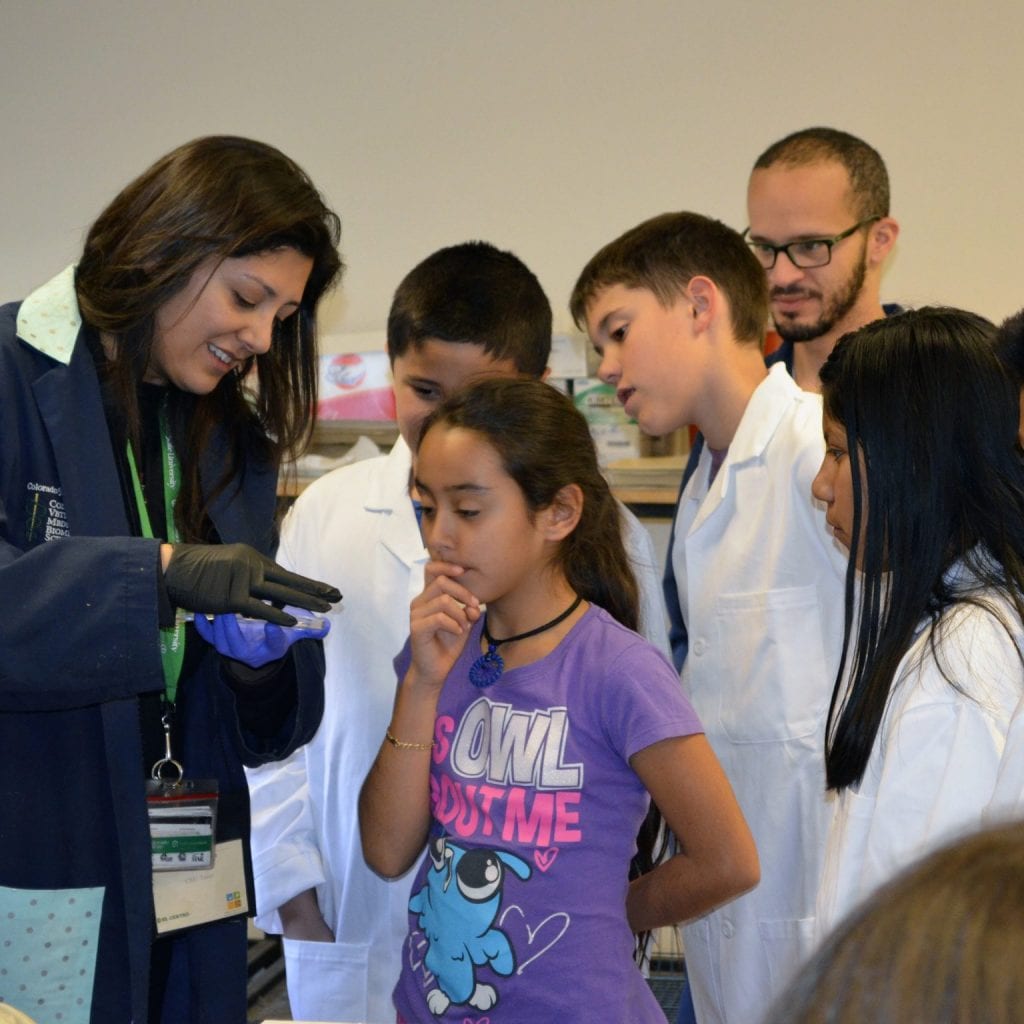
The CSU STEM Center has worked with several northern Colorado school districts and can advise researchers on who to contact based on their engagement focus.
Higher Education Resources Focused On Broadening Participation
Most higher education institutions have programs and offices that specifically address broadening participation. For example, at Colorado State University many colleges have their own diversity and/or outreach offices, as well as university organizations that support and advise underrepresented groups.
Colorado State University Resources
The Office of the Vice President for Diversity leads the university’s diversity plans, hosts diversity symposiums for the campus community, provides continuing education resources for faculty/staff, and conducts campus climate surveys. This is a great place for a CSU researcher interested in broadening participation to familiarize themselves with university-specific diversity topics and resources.
There are several student diversity programs and services at CSU, including the Asian Pacific American Cultural Center (APACC), the Black/African American Cultural Center (B/AACC), El Centro, Pride Resource Center, Native American Cultural Center (NACC), Student Disability Center, and the Women and Gender Advocacy Center (WGAC).
CSU Extension, a division of the Office of Engagement, has extension staff and services in each of the 64 counties in Colorado and provides information to audiences of all age levels on a range of topics, including health, financial literacy, pasture or livestock management, weeds, pests, gardens, 4-H or youth development, and renewable energy. Due to their statewide presence and partnerships with local communities, CSU Extension personnel are a great contact to learn about local issues and discuss ways your content expertise can serve underrepresented communities the best.
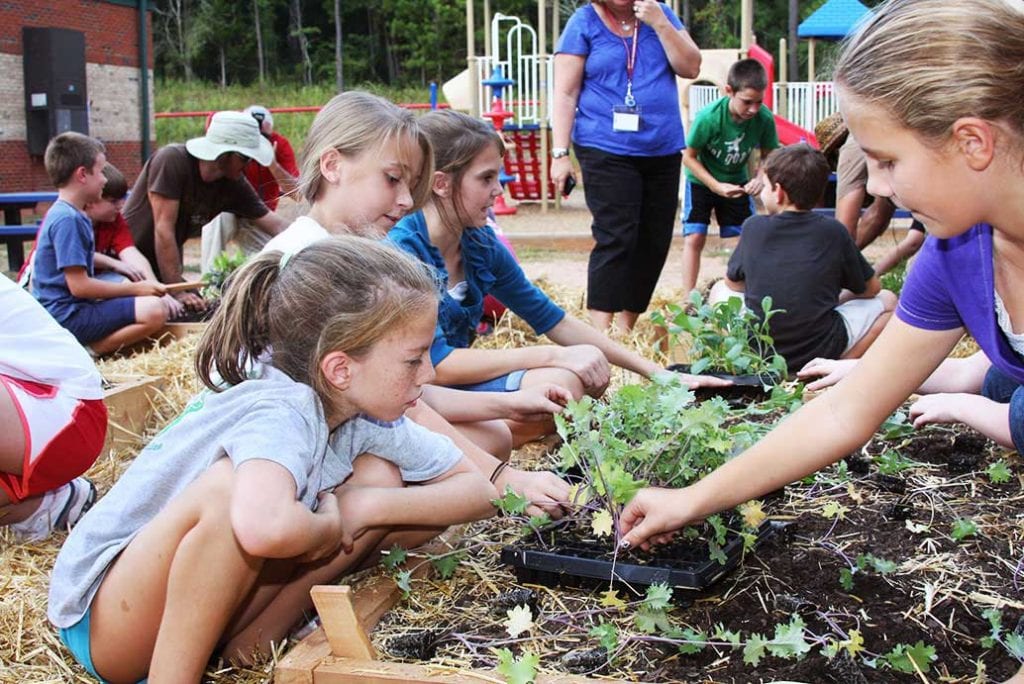
Many individual colleges at CSU also have offices dedicated to diversity, equity, and inclusion. Researchers interested in incorporating broadening participation efforts in their broader impacts activities should reach out to their college diversity offices to learn about specific opportunities and programs in their respective disciplines. Some examples include:
- The Walter Scott Jr. College of Engineering Diversity, Equity, and Inclusion Office
- The College of Agricultural Sciences Diversity and Inclusion website
- The Diversity and Inclusion Committee of the College of Veterinary Medicine and Biomedical Sciences
- Diversity, Equity, & Inclusion in the College of Natural Sciences
- Diversity and Inclusion Program in the Warner College of Natural Resources
- Diversity Resources in the College of Health and Human Sciences
Higher Education Institutions Focused On Broadening Participation
There are several higher education institutions that serve underrepresented groups. Researchers can reach out to these institutions to discuss any opportunities for partnerships. However, researchers should remember that the most successful partnerships are between entities who respect each other as equals, and partnership agreements address the needs of both partners.
Community Colleges
Nearly half of all undergraduates are enrolled at community colleges, including the majority of U.S. students who represent groups underserved in the sciences (American Association of Community Colleges [AACC], 2016). Further, more than half of all students receiving STEM bachelor’s degrees complete some undergraduate training in community colleges (NSF, NCSES, 2020).
Minority-Serving Institutions
Minority-serving institutions have a legacy of recruiting, retaining, and graduating a disproportionate number of minorities, especially at the undergraduate level.
Such institutions, as defined by the U.S. Department of Education, are institutions of higher education that enroll significant percentages of undergraduate minority students, or serve certain populations of minority students under various programs created by Congress. The Department of Education lists seven categories of minority institutions on their website that are eligible for various federal grants. Some of these include:
- Historically Black Colleges or Universities (HBCU): These are defined as any historically black college or university that was established prior to 1964, whose principal mission was, and is, the education of black Americans, and that is accredited by a nationally recognized accrediting agency or association determined by the Secretary of Education.
- Hispanic-Serving Institutions (HSI): For the purposes of receiving grants, an HSI has an enrollment of undergraduate full-time equivalent students that is at least 25 percent Hispanic students. Among the Department of Education’s grant programs specifically targeting HSIs, there is the Hispanic-Serving Institutions – Science, Technology, Engineering, or Mathematics (HSI STEM) and Articulation Program. STEM researchers considering partnering with an HSI may find opportunities with HSIs that have received funds for this program.
- Tribal Colleges and Universities (TCUs): Tribal Colleges are located on reservations and managed by tribal governments. Presently, there are 32 fully accredited Tribal Colleges and Universities in the U.S., located mainly in the Midwest and Southwest.Their student population is overwhelmingly dominated by Native Americans. These institutions introduce large numbers of Native American students to higher education and to STEM careers.
- Alaska Native and Native Hawaiian – Serving Institutions: Alaska Native-serving institutions are those that have an enrollment of undergraduate students that is at least 20 percent Alaska Native, while a Native Hawaiian-serving institution has an enrollment of undergraduate students that is at least 10 percent Native Hawaiian.
Community Partnerships to Broaden Participation
STEM researchers also have the opportunity to work with local communities to design STEM programs that position STEM as a tool to address issues that matter to the communities. This can happen through partnerships with area non-profits that have already made connections with the community, citizen science organizations, or other informal STEM educational institutions mentioned previously.
Colorado State University Resources
CSU Spur Campus: Currently under construction in Denver with an official opening planned in 2022, the Spur campus is made up of three buildings that focus on food, water, and health, and will offer an education open to anyone and everyone.
Spur will host classes, workshops, and events — open to all, and responsive to community-identified needs and interests. Every day at Spur will be different — the campus will be a platform for CSU institutions to share outreach activities and for partner organizations to deliver public programs.
When Spur opens in 2022, it will host programming from many partners, and some partners will have a permanent location within the buildings, including a lab site for Denver Water, a clinic for Dumb Friends League, a second location for the Temple Grandin Equine Center, Together We Grow, and the Salazar Center for North American Conservation.
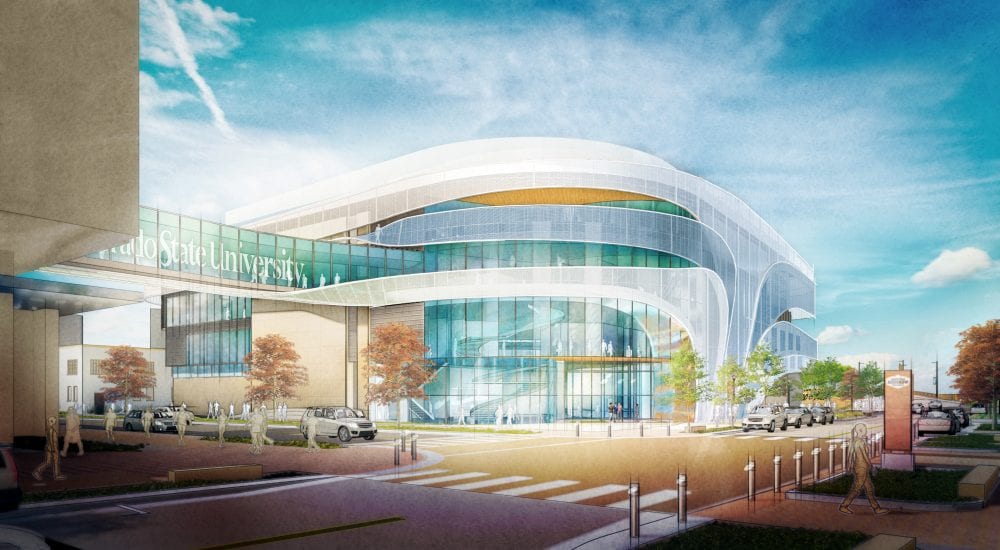
Points to Consider for STEM Engagement Practitioners
We have provided a variety of programs and resources to help STEM researchers broaden participation in their respective disciplines. Regardless of which one is ultimately chosen, there are a couple of key points to remember while conducting any STEM engagement activity.
Redefine STEM
To broaden participation, the field needs to define STEM more comprehensively so that people can recognize the ways they already engage in, use, and contribute to STEM disciplines, even if they don’t conform to cultural stereotypes associated with the profession (Ballard et al., 2019).
When engaging in STEM communication, explicitly name the aspects of STEM that are present in many professions and areas of life, such as nursing, construction, and cooking. Additionally, STEM is more than just concepts and skills (National Research Council, 2010). Science also recognizes particular ways of knowing or reasoning, and particular uses for STEM concepts in the practical world. STEM learning also involves developing an identity with or affinity for STEM, so that learners are recognized – and recognize themselves – as individuals with interest and ability in STEM.
Informal Learning Is Important
Researchers have found that the average American spends 95% of their lifetime outside of school (Falk and Dierking, 2010). Even school-age young people spend only 20% of their waking hours in school when one accounts for weekends, school holidays, and the hours before and after school (Banks et al., 2007).
During these non-school hours, people engage with STEM in many ways – on television, via social media and mainstream news, in afterschool clubs, libraries, museums, and zoos, in sports, and in their backyards and homes. STEM researchers interested in STEM engagement, should remember these informal learning opportunities, especially for broadening participation initiatives.
Above are just a few examples of broadening participation programs and resources to incorporate into broader impact activities. STEM researchers can also find additional resources and ideas from various professional organizations such as Advancing Research Impact in Society (ARIS), The Center for Advancement of Informal Science Education (CAISE), and reports from the National Academies of Sciences, Engineering, Medicine.
Evaluating Broadening Participation/Broader Impact Activities
In addition to implementing STEM engagement/educational programs, researchers also need to evaluate these programs. This is a necessary, albeit sometimes overlooked, component of a researcher’s broadening participation/broader impact activities that is a requirement of most grant proposals. Post five of the series will provide an overview of evaluation, with an emphasis on evaluations of programs specifically addressing broadening participation.
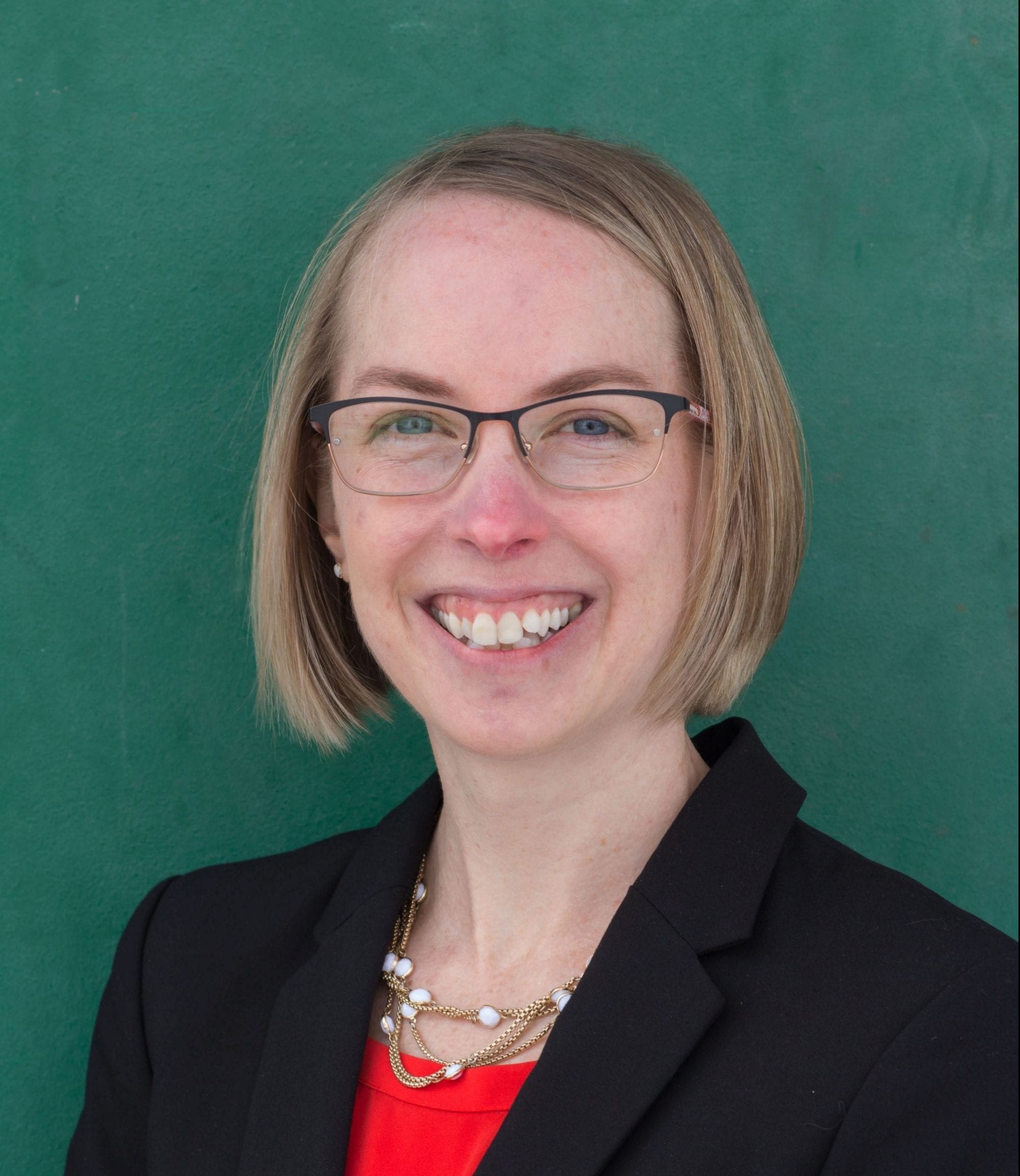
Dr. Cheryl L. Bowker
Associate Director – STEM Center
Cheryl has worked at the STEM Center since 2013 and has evaluated and managed several STEM education projects. Cheryl enjoys impassioned discussions about research, education, and insects. Check out the Staff page for contact details.
Disclaimer: The thoughts, views, and opinions expressed in this post are those of the author and do not necessarily reflect the official policy or position of Colorado State University or the CSU STEM Center. The information contained in this post is provided as a public service with the understanding that Colorado State University makes no warranties, either expressed or implied, concerning the accuracy, completeness, reliability, or suitability of the information. Nor does Colorado State University warrant that the use of this information is free of any claims of copyright infringement. No endorsement of information, products, or resources mentioned in this post is intended, nor is criticism implied of products not mentioned. Outside links are provided for educational purposes, consistent with the CSU STEM Center mission. No warranty is made on the accuracy, objectivity or research base of the information in the links provided.
The featured image for this post was taken at Jemez Valley Schools on May 18, 2017 during a Little Shop of Physics school visit.
Get Notified of New Posts
Subscribe and receive email notifications about new posts directly in your inbox.


